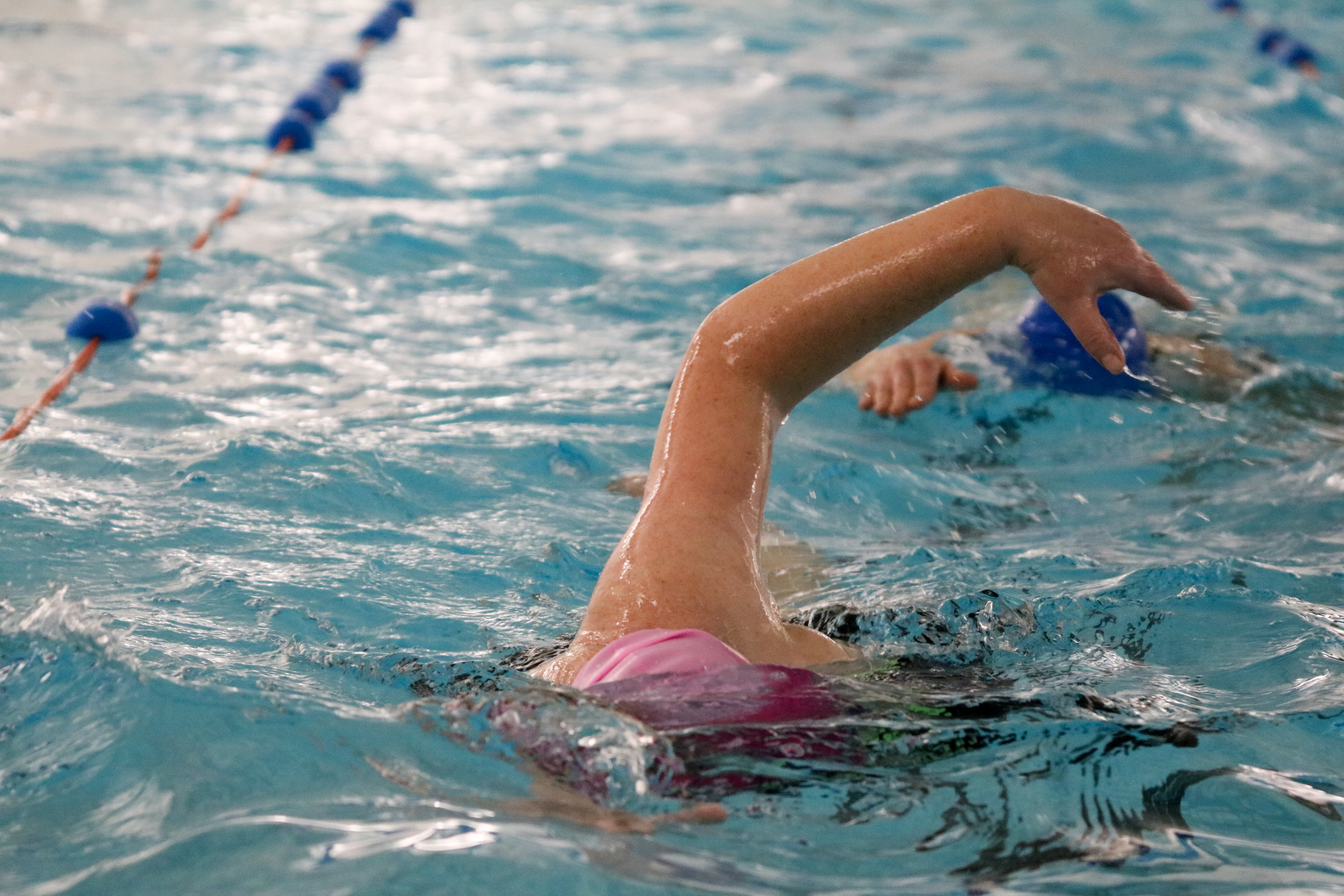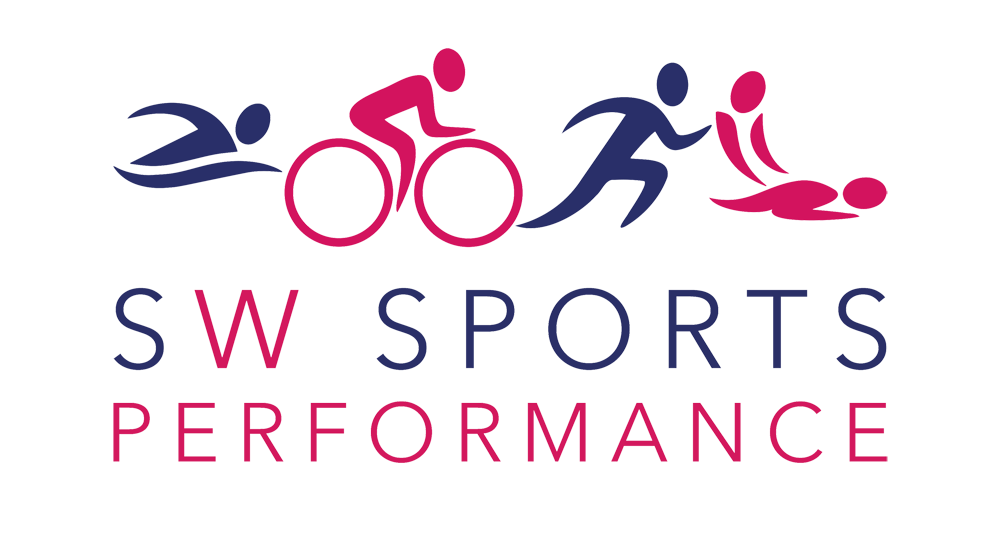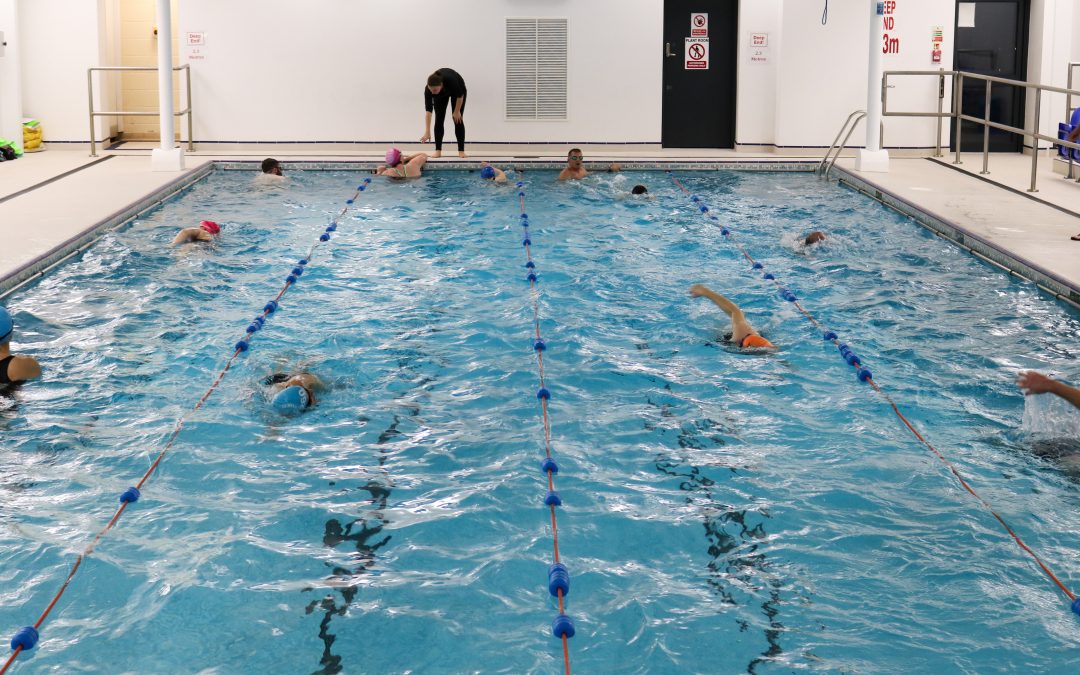Practice makes perfect, however, if your technique is flawed, all that “practice” does is reinforce something that is going to prevent progress and performance.
For most people entering the sport of triathlon, swimming is their weakest skill. What often compounds the problem is the assumption that the freestyle is fairly simple and straightforward. And that the beginner or novice swimmer can more or less sufficiently figure it out on their own with a couple of pool visits.
What’s the difference?
The bottom line is triathletes do not swim enough for the distances they compete. Technique is important, but if an athlete doesn’t have the swimming specific fitness in the water to carry the technique then overall efficiency and success will suffer.
When it comes to swimming, the big difference between a triathlete and competitive swimmer is that the competitive swimmer can go 50% faster using the same level of output. It must be remembered that swimming in a triathlon is different than competitive pool swimming, or even recreational swimming.
For one, most triathletes will compete in the open water. The mental and physical challenges of swimming in open water, while surrounded by hundreds of other nervous athletes can make the experience much more daunting than swimming laps in a pool.
Even when incorporating specific open water race simulation drills during pool workouts, athletes may find themselves unprepared for the “combat swimming” environment of a triathlon.
Triathletes with a limited swimming background may also struggle to maintain a proper stroke technique while navigating a crowded space.
The trouble for triathletes is that they’re not just competing in one event. Multiple events mean multiple opportunities for energy inefficiency. When too much energy is wasted in the water, an inefficient swim technique will lead to fatigue and less optimal results for the entire race.
Uncoached or under-trained swimmers are also at greater risk for shoulder injury and pain. As well as hip pain (if hips are sunken into the water and not elevated, for example), which can affect the other events of the race.

Other issues that might hinder swimmers include:
• Poor pacing
• Improper breathing and swallowing water
• Contact with and slowdowns caused by other racers
• Sighting to stay on course (no lanes to guide you forward)
Any or all of these issues may cause triathletes to lose time, energy and focus during the swimming leg of the race. Being the fastest swimmer might not outright win the race for you, but a slow swim time can certainly hurt the outcome.
Successful Swimming Technique
Part of the reason that many triathletes dislike swimming is that the task seems daunting. Efficient swimmers appear to knife through the water with little effort, like human torpedoes. Some swim coaches are convinced that 70% of successful swimming depends on proper body positioning and 30% depends upon the power of hand and leg movement. The theory is that a long, narrow body moving in an imaginary straight-line increases speed because it reduces drag, which occurs when your hips and legs drop.
Here are a few things to consider when focusing on your technique. The stroke can be broken into various parts.
Freestyle Arm Stroke
The freestyle arm stroke can be broken down in several phases:
- Entry phase – a point at which your hand and arm enter the water
- Downsweep phase – downward path of your arm and hand in the water
- Catch phase – a flex of the wrist down and out with a cupped hand near the end of the downsweep
- Insweep phase – the beginning backward path of your arm and hand
- Upsweep phase – a powerful push, first backward from the chest to the waist, and then up, out of the water, and back toward full extension
- Recovery phase – repositioning your arm for the next stroke
Flutter Kick
The benefit of the flutter kick is in stabilizing the arm stroke and keeping you horizontal in the water.
Contrary to popular belief, the purpose of the flutter kick is not to power you forward. Triathletes need to conserve their kicking effort, expending only enough energy to stabilize the trunk and aid in keeping the body horizontal to the water’s surface.
Breathing Technique
There is also the critical component of breathing — turning your head sideways to breathe into your body roll. You must turn your head with as much of your head remaining in the water as possible.
The head weighs 16 pounds, lifting it out of the water forces the rest of the body down, which sacrifices horizontal alignment.
Ways to Become A Better Swimmer
Below are some pointers that will help you become a more efficient swimmer. They are aimed at helping your technique and getting through the swim section of a triathlon without wasting too much energy.
- Have a swim coach or experienced swimmer observe and offer input about your swim stroke. You may also consider taking a swim technique class.
- Explore the resources designed to help triathletes improve their swimming, YouTube links, blogs, swim and triathlon coaches
- Have a balanced training plan for swimming by incorporating drills for technique work. (You can find tonnes of swim drill tips online).
- Focus on form
- Start with short reps with better form
- Add dryland training
- Prepare mentally
If you’d like to know more about Triathlon training, please don’t hesitate to get in touch.

